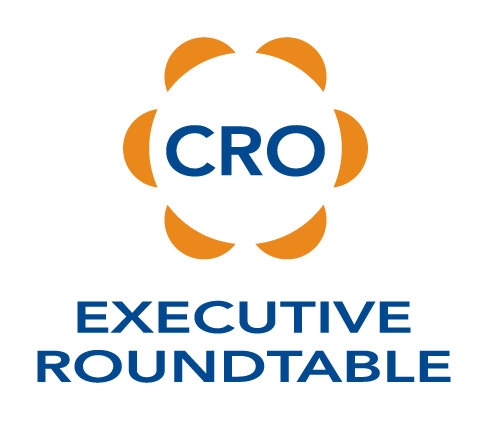Down from the revenue mountain and written on stone...
1. When you are telling you are not selling – it is all about asking the critical qualifying interview questions.
2. Prospects buy for their reasons – not yours. Features & benefits are your reasons – not the prospects. Differentiating Value exists only in the Prospect’s world – that is what they are buying.
3. Humans make emotional decisions (pleasure or pain basis) and justify those decisions intellectually.
4. Good sales people can ask any prospect any question about any topic at any time.
5. A “no” is rejecting your Differentiating Value – not you.
6. Give the prospect control – keeps them in the OK chair plus they have control anyway. No “Why” questions. Third party stories shorten the prospect discovery process.
7. Anything you bring up, prospects cannot use on you. It keeps the playing field level without creating a “not ok” barrier.
8. You can’t lose something you don’t have. When you don’t know, re-qualify – never assume.
9. Forecasts are the report card for your qualifying process. If forecast data is flawed, so is the qualifying process.
10. 4 Aces are the goal and the audit trail. Do-over’s are better than lost orders.











